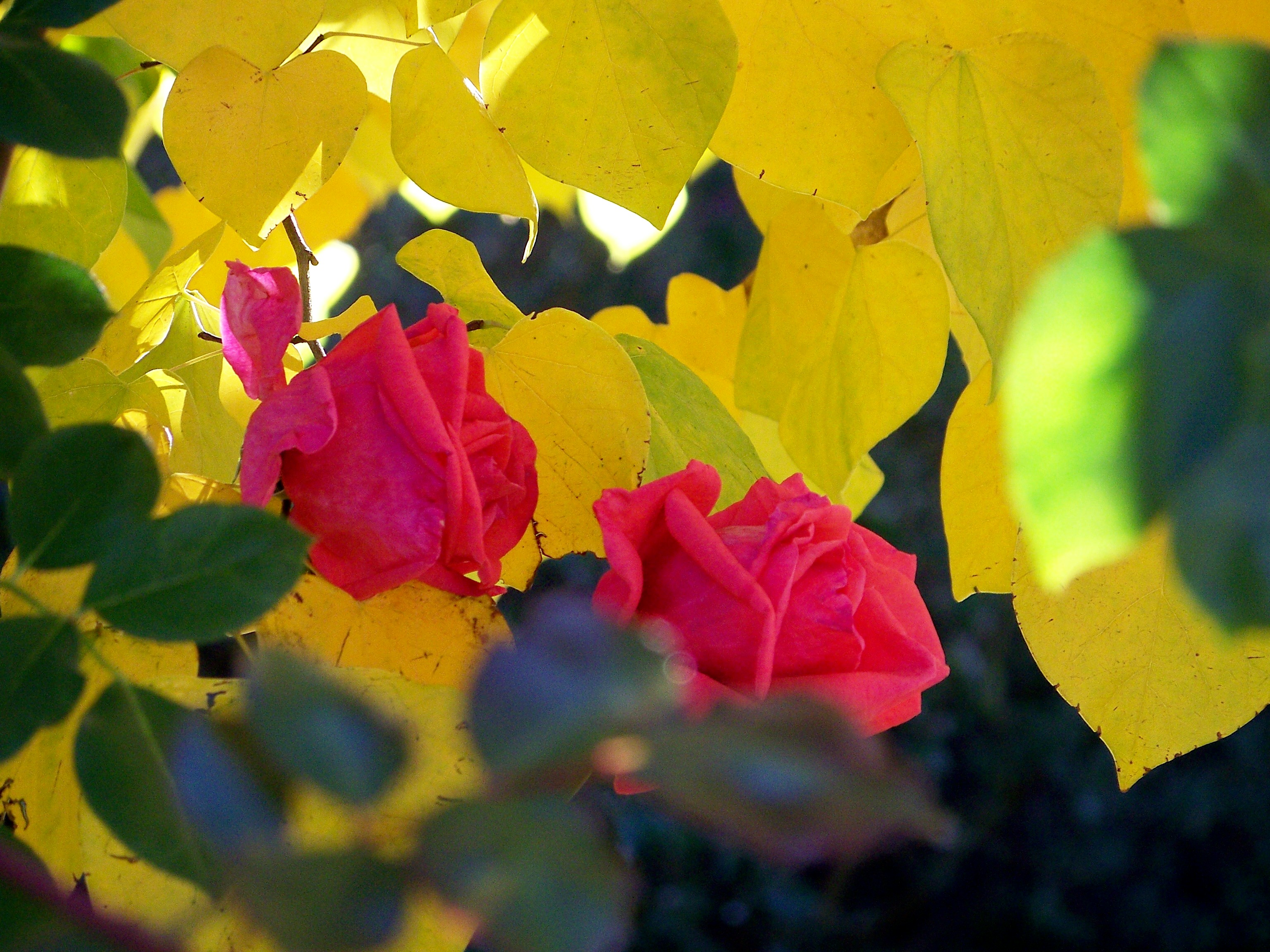
- Summer to autumn to winter
As the harvest hues of autumn overtake the jewel tones of summer, another busy holiday period approaches. For many, thoughts turn from outdoors pursuits to arranging cozy family get- togethers and bracing for cold days and dark nights, knowing that outside the monochromes of winter will reign for months to come.
This turning of the seasons not only signals the end of fun in the sun for most skaters, it also significantly hampers their skating-related workouts and favorite form of socializing. But to me, the colder the weather and the more it rains, the more excited I get. Read more... (504 words, 2 images, estimated 2:01 mins reading time)
 After making it through three classes total so far, here is the list of stuff I have to bring:
After making it through three classes total so far, here is the list of stuff I have to bring: 

